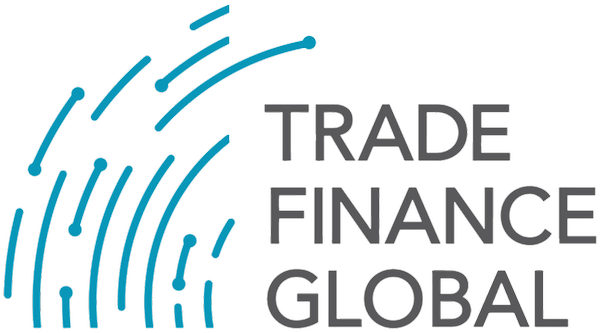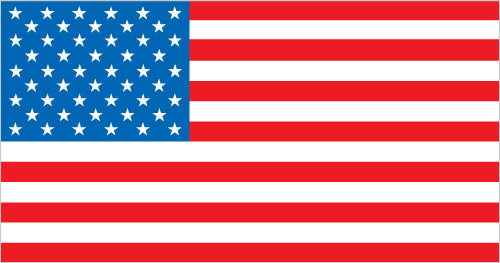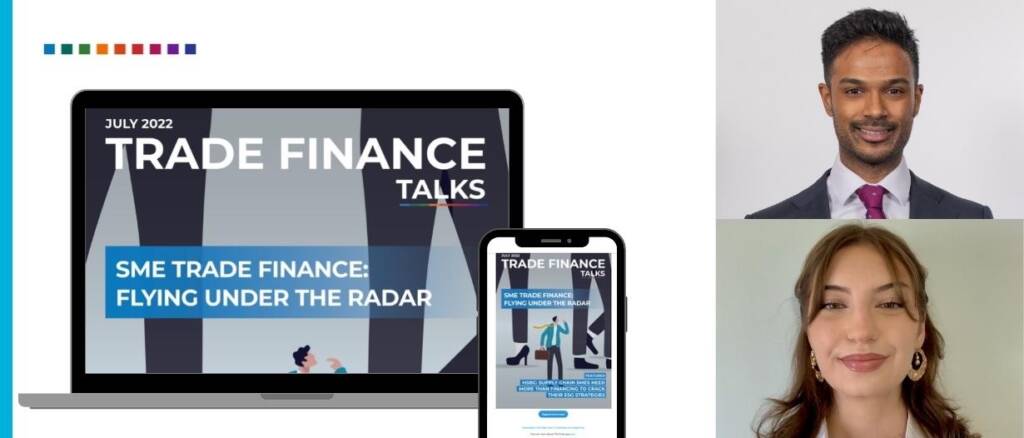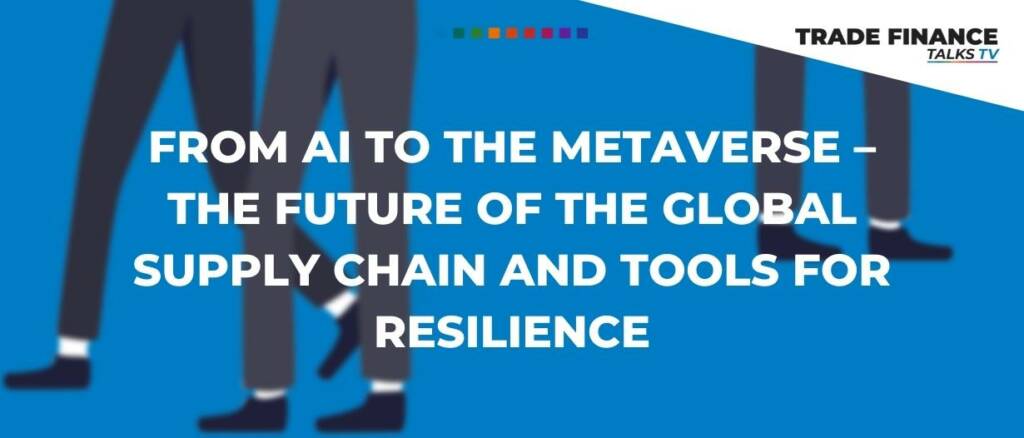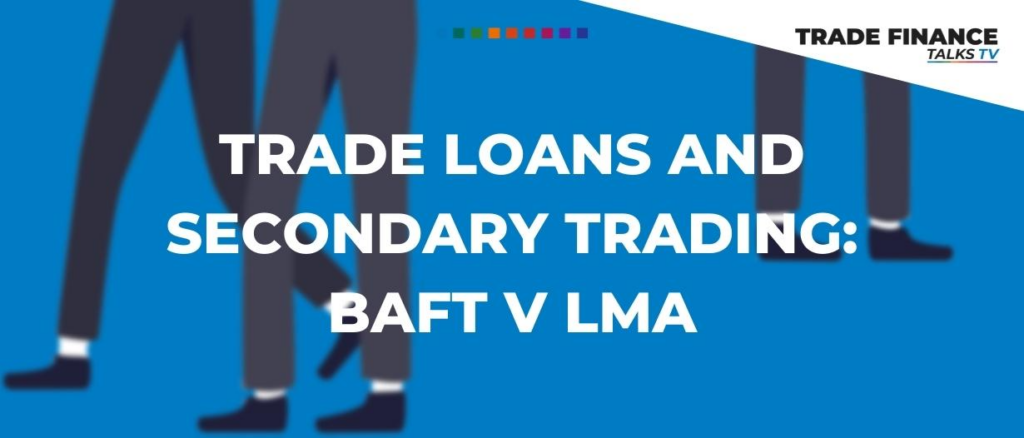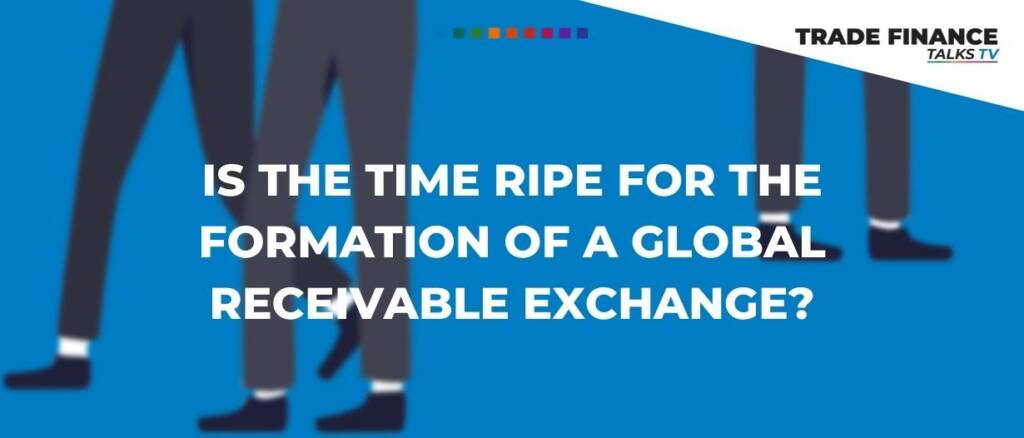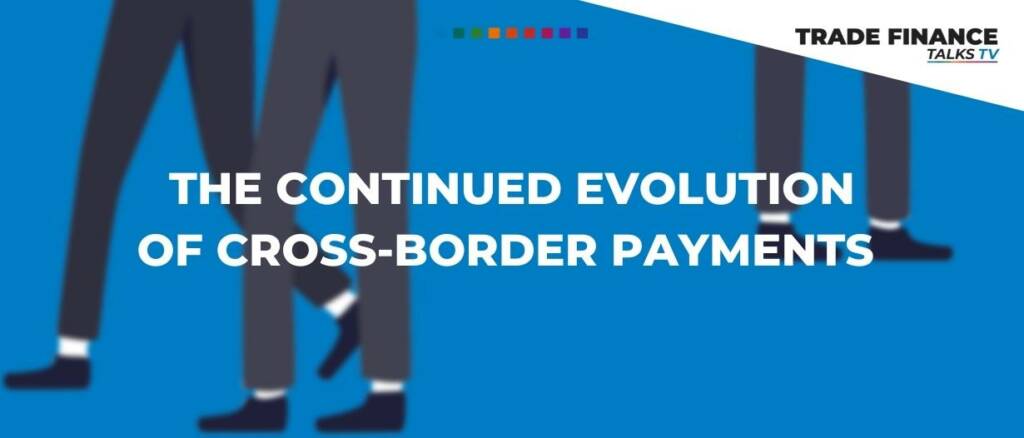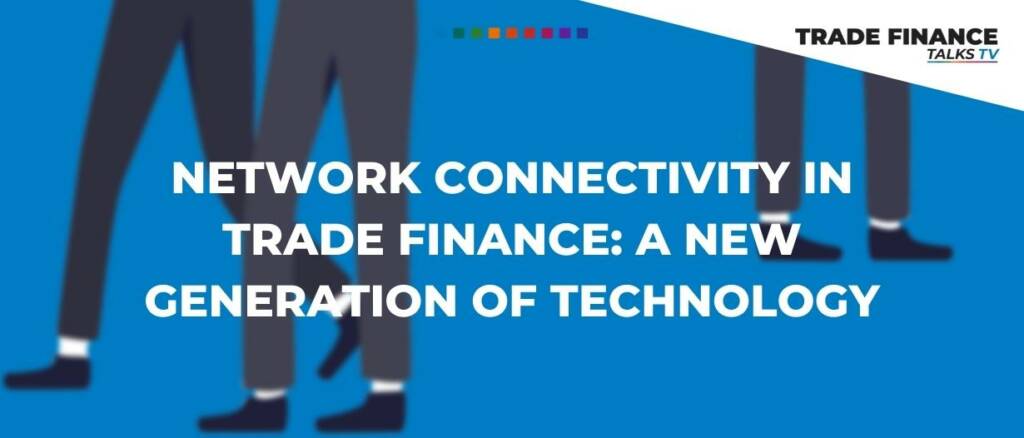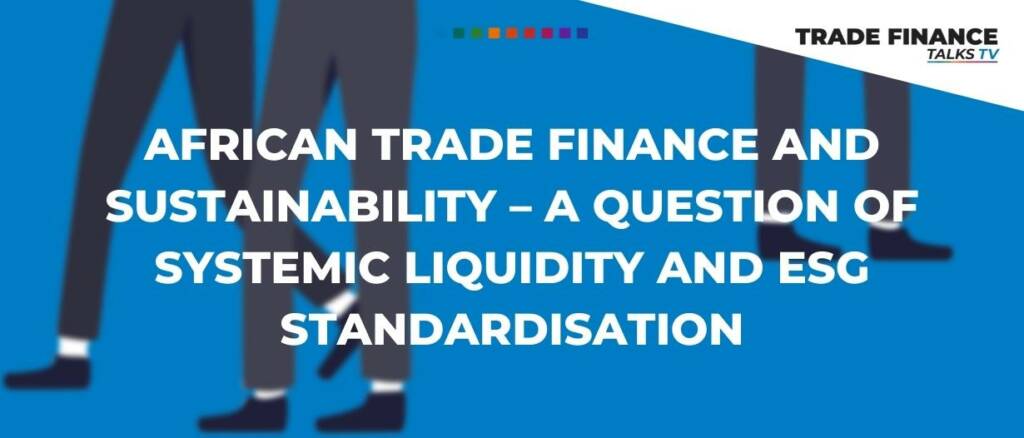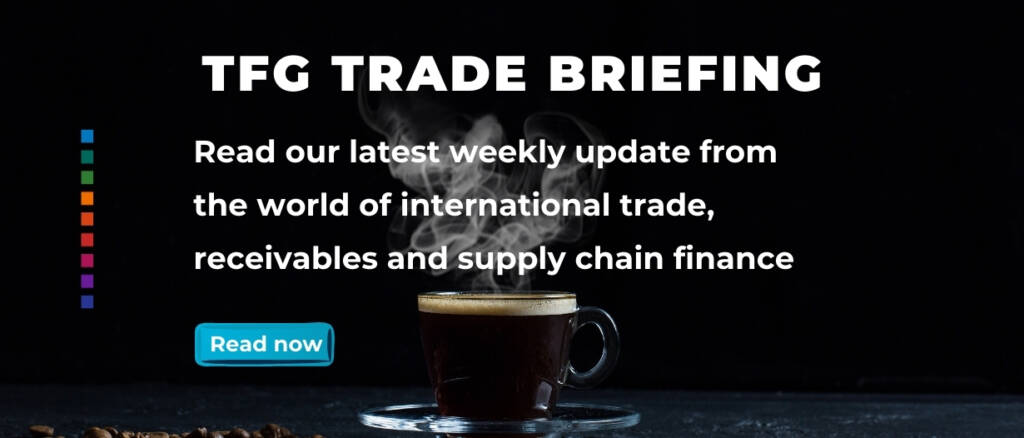When King Henry II composed the first major treatise of English property law in 1187, he lacked the foresight to mention anything related to the ownership of digital assets. Thankfully,… read more →
The latest issue of TFG’s Trade Finance Talks, ‘SME trade finance: flying under the radar’ is out now!
Artificial intelligence. The metaverse. What do these tools have in common for supply chains? These are the technological building blocks for the future of the global supply chain – a fully digitised, connected, self-orchestrated ecosystem where even consumers hold decision-making power.
Trade loans are used to finance transactions involving import or export trading and reflecting different stages in the commodity trade cycle, from pre-export financing to borrowing base facilities.
All trade loans, however, are used to finance imports, exports, or other trading transactions.
In 2019, FCI formed a working group called “Receivables as an Investable Asset Class” (RIAC). It was comprised of FCI members and companies who operate as funds supporting the
Cross-border payments are at the core of international finance and economic activity and it have undergone dramatic changes over the past fifty years.
The last decade has seen a substantial change in global trade bank attitudes towards innovation and collaboration.
As global central banks hike rates to rein in inflation, and businesses battle with sourcing goods through choked supply chains exacerbated by the war in Ukraine and Chinese lockdowns, Africa finds itself with a growing problem–accessing US dollar liquidity.
Your Monday morning coffee briefing from TFG: Is SME trade finance viable? A European outlook
What is the difference between a red clause letter of credit and a green clause letter of credit? Read TFG’s 2022 letter of credit guide now!
